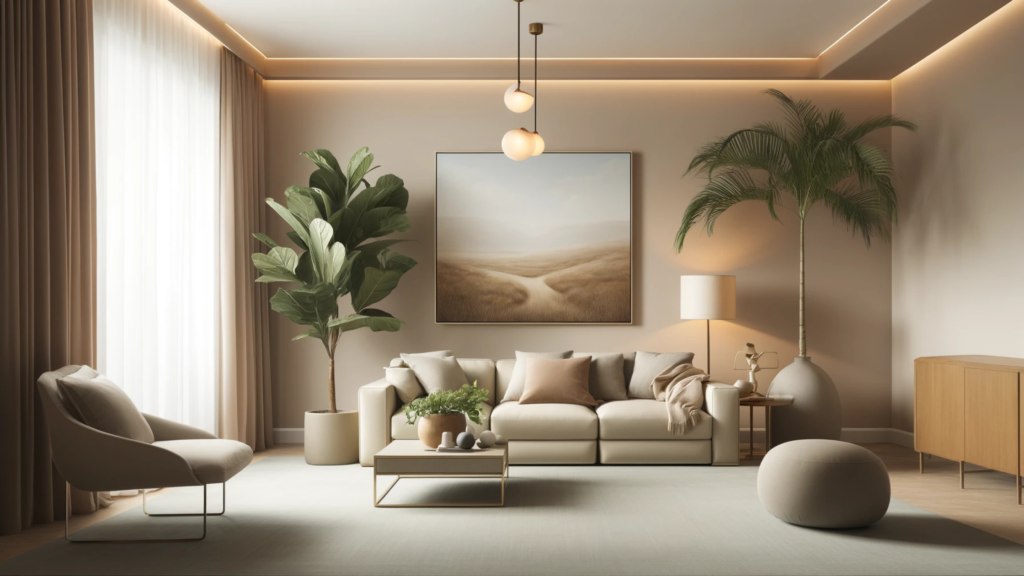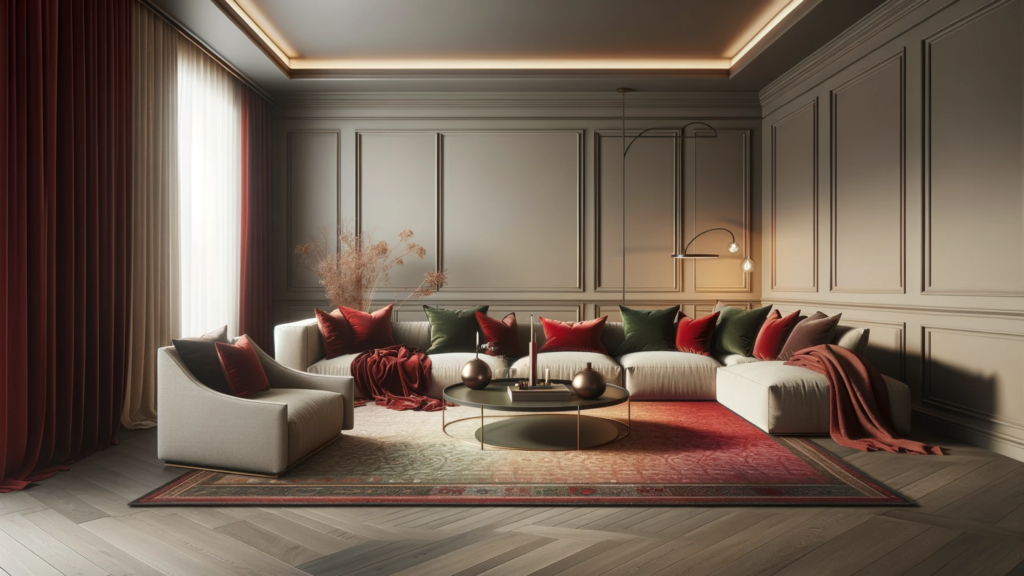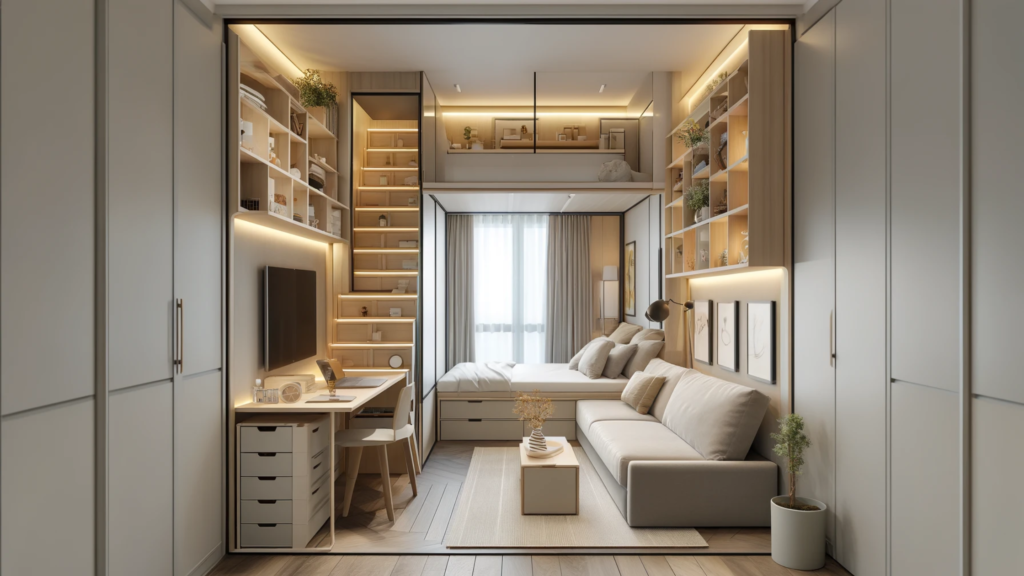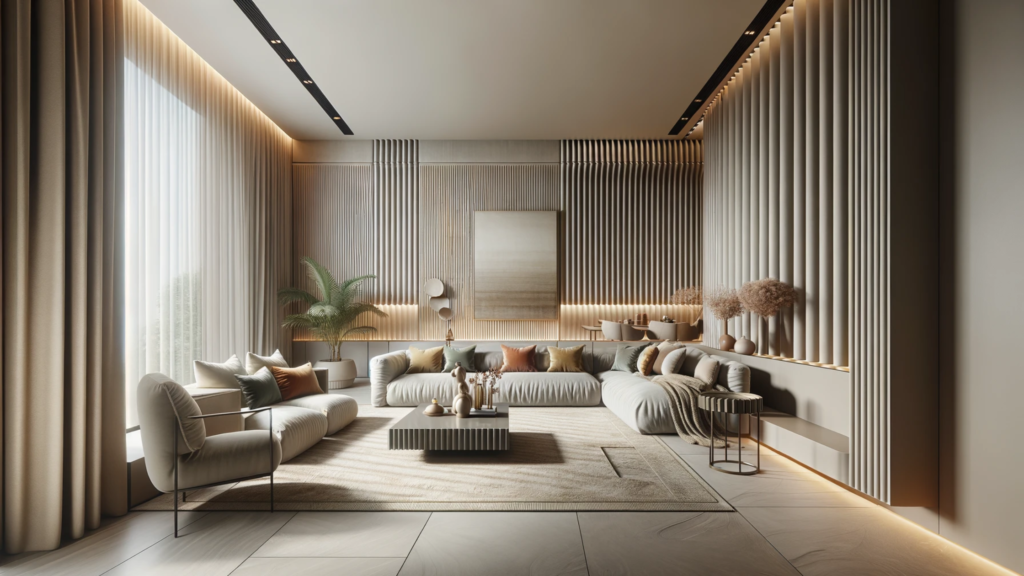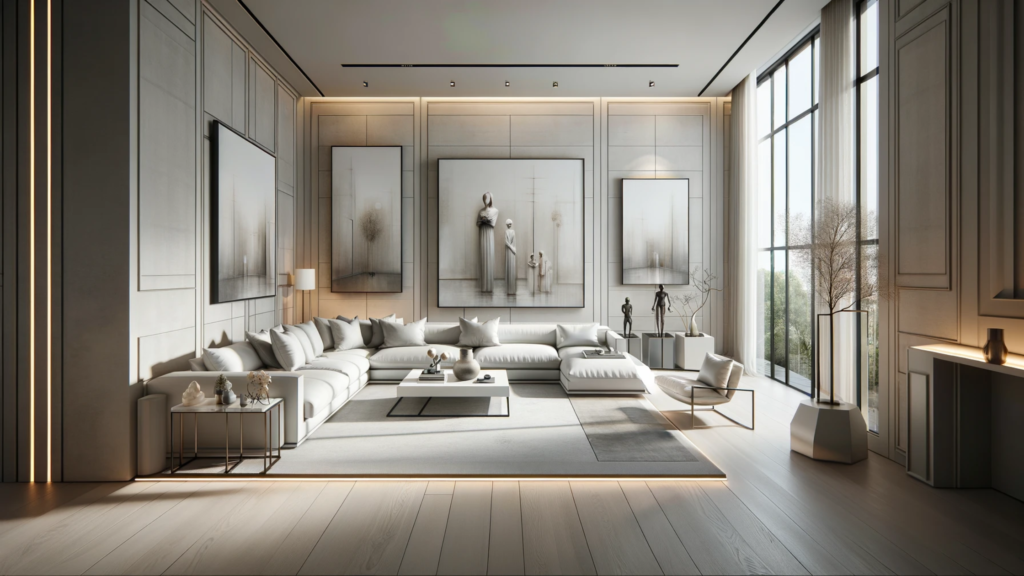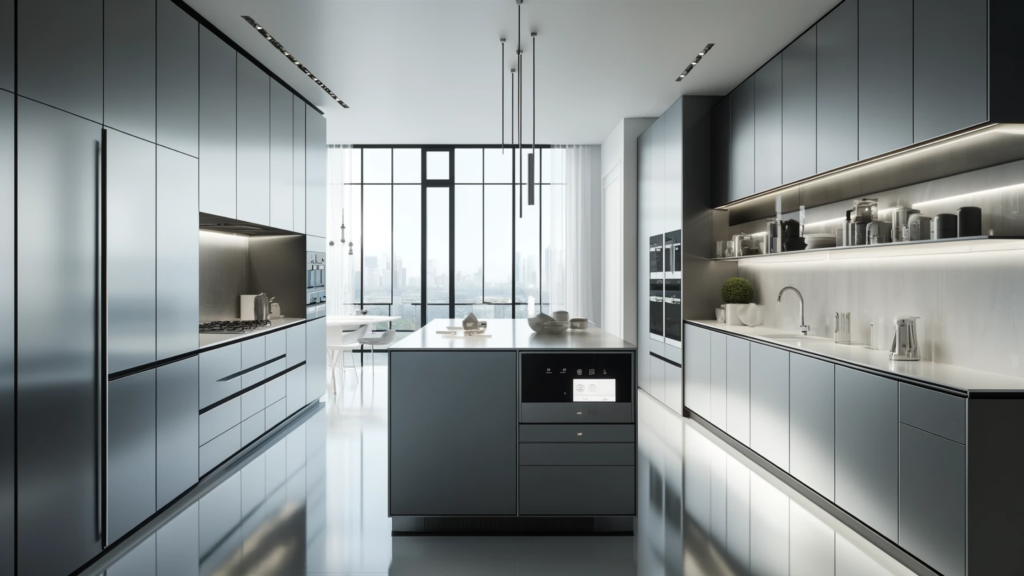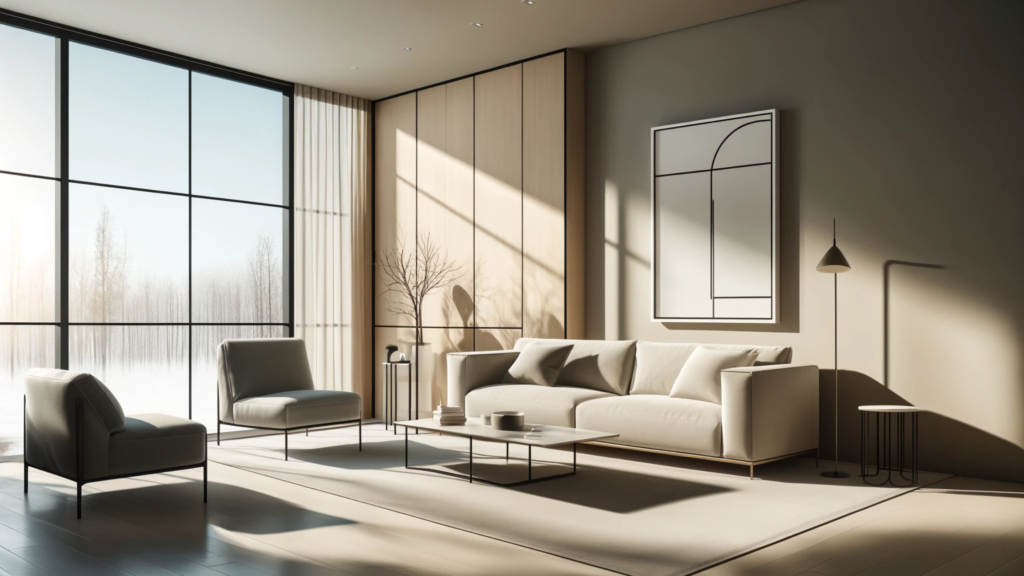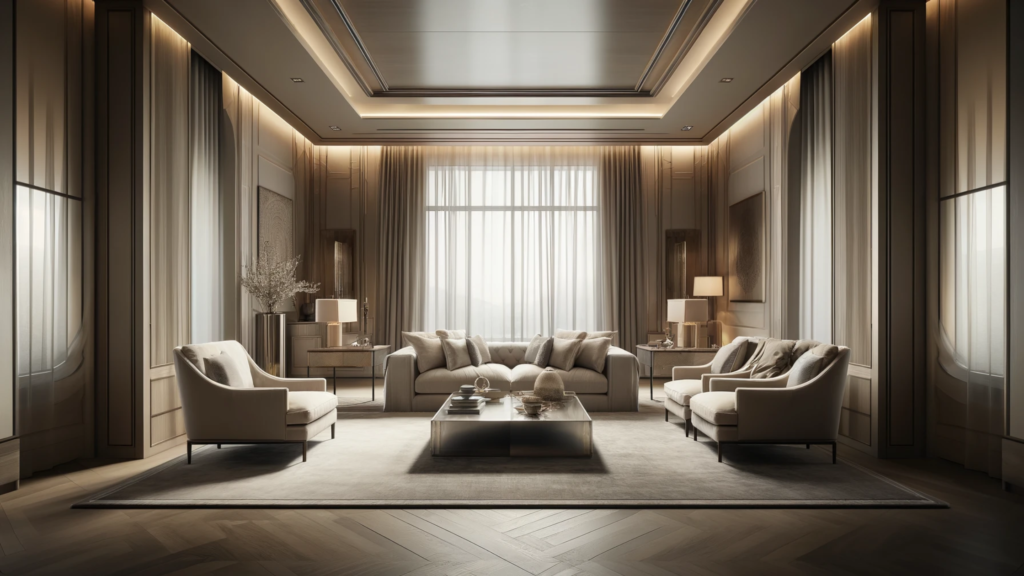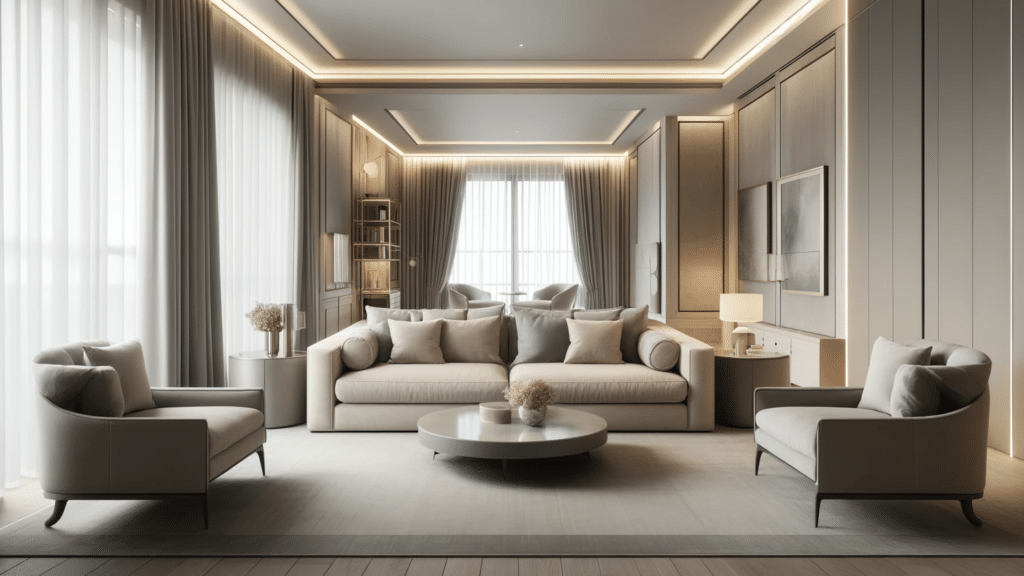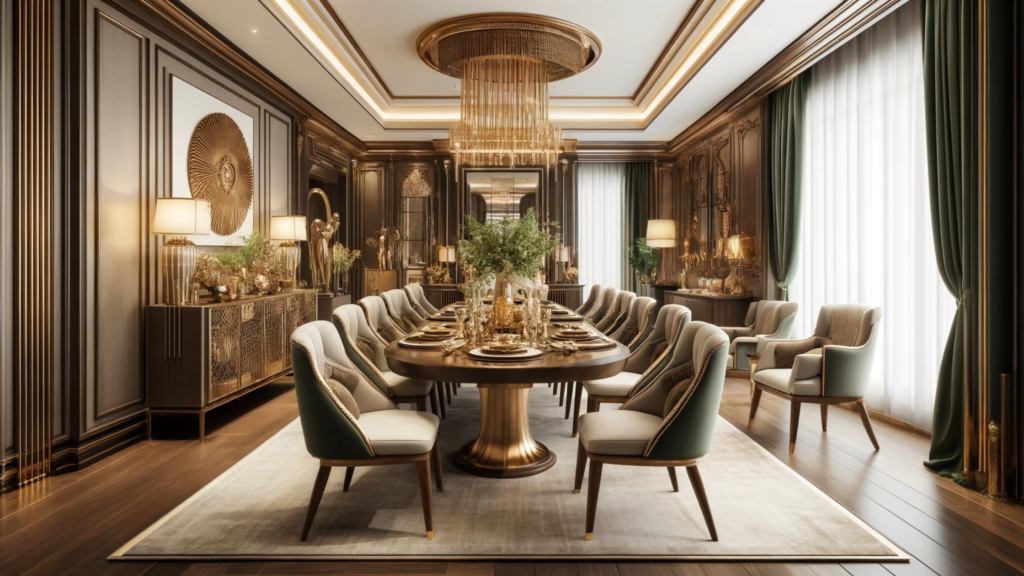Live Decor: Utilising Plants in Interior Design
Live Decor: Utilising Plants in Interior Design Outdoors definitely have a refreshing effect on all individuals. Spending some time in lush greenery re-energizes us, helping us to think clearly. However, with our changing landscapes and fast-paced life, it is difficult for most to make time to find and access such green spaces. Our blog explores how you can create a similar experience inside your homes by incorporating plants in interior design! Table of Contents Plant: A part of Interior Design now? Breathing life into space, plants have slowly and steadily grown their roots into the world of interior design. They have now become an essential part of home décor, from elevating the aesthetic quotient to changing entire lifestyles. In older times, cultivating flowering trees and ornamental plants was a symbol of nobility and power. The narrative has now changed to incorporating functionality with houseplants, that is, aesthetic value with a defined purpose. As live décor, they have the transformative power to make a space livelier and inviting, not as mere decorative elements, but by adding layers of depth and texture and creating a sense of connection with nature. Plants lend a softer look to the space where they are used, balancing the sharp lines and edges of furniture and décor. They can double as focal points and can be clubbed with decorative lighting to create masterpieces. Promoters of a calming atmosphere, they can be considered organic pieces of art, bringing beauty to your interiors. You can choose if you want to go minimalistic, with a few well-placed plants blending into the interior design, or an all-out plant statement! Should I have plants in my house? Plants in interiors are not usually integrated in the design, they are often an after-thought. While some find the upkeep to be cumbersome, others like the vibrancy and homeliness plants bring to their living environment. With everyone striving towards healthy living, including plants in your interiors adds to improvement in overall well-being. Offering just the right amount of intrigue, they add richness and texture, blending with the design language of the interior. They can easily adapt as a statement piece or seamlessly blend into the background, silently performing their role, that is the beauty of plants! Bridging the gap between indoors and outdoors, houseplants offer numerous outdoor experiences at the convenience of your home. Instead of buying an air purifier, investing in the correct indoor plants can have a larger impact on promoting the air quality in your house. From a health aspect, certain houseplants help fight common cold and allergies by increasing the humidity and decreasing the dust in your environment. Absorbing pollutants and releasing fresh oxygen, they create a cleaner and more invigorating living environment. A cleaner space helps us to be more focused, improving our creativity, and thus productivity. It also contributes to reducing stress and anxiety, feeling calmer and better aligned. Some species help reduce background noise, making your homes more peaceful and conducive to live, work or relax. Nurturing indoor plants has a tremendous impact on our mental health as well. The act of watering and nourishing them is therapeutic, leaving a sense of fulfilment. Incorporating plants in your home Plants can fit literally anywhere! However, this does not mean that we have a plant in every possible space. Like other décor elements, plants also need to be planned and incorporated in the design style of your interiors. Let us explore the factors to consider to incorporate foliage in our interiors. Style and atmosphere Before choosing a plant, study the design style and think of the atmosphere you want to create. There is a plant for every aesthetic that needs to be researched thoroughly. Type of plant The species and type of plant is the most important factor to consider before investing in one. Low-maintenance plants are the most preferred type, especially for apartment dwellers and those with busy schedules. These plants can sustain infrequent watering and low-light environments. A close second to low-maintenance plants would be succulents and cacti. They are available in numerous varieties and sizes, from small desk-friendly succulents to large round cacti. A third category, good luck plants, includes plants like lucky bamboo, which are believed to manifest good luck. They grow in various colours and shapes, radiating energy to the entire space. For a fun display, explore air plants- with no roots, they absorb nutrients from the air through their leaves, perfect for those who forget to water their plants regularly. They only require a good soak once every few weeks. Another aspect to this is the amount of water and sunlight required. Every plant requires sunlight, however little the amount. So, it is essential to research different plant types before choosing one! Size of the plant It is important to assess the space available for planting and coordinate the size of the plant accordingly. Oversized plants or crowded plants in a small space takes away the aesthetic appeal as well as the benefits provided by the individual plants fighting for space. If you are investing in saplings, it is imperative to take the future size of the plant into account and change your space with the growing dynamics. Planter box Planter boxes are the next criteria to be addressed. They must match your interior style while being sufficient for the growth of your plants. The right planter box would be one with strategic drain points and one that blends seamlessly into the interiors. Wall mounted arrangements are an alternative to planter boxes in small spaces where a potted plant might be difficult to accommodate. Arrangement of plants in interior design Arranging plants is an underrated skill! Utilising interior space both horizontally and vertically, strategically placed plants add aesthetic value, creating a balanced picture. The trick is to make sure the right sized plant is at the right spot and to avoid both emptiness and crowding of plants. Plant-parents, be careful! Colour Like other design elements, plants also come in various colours. It is

